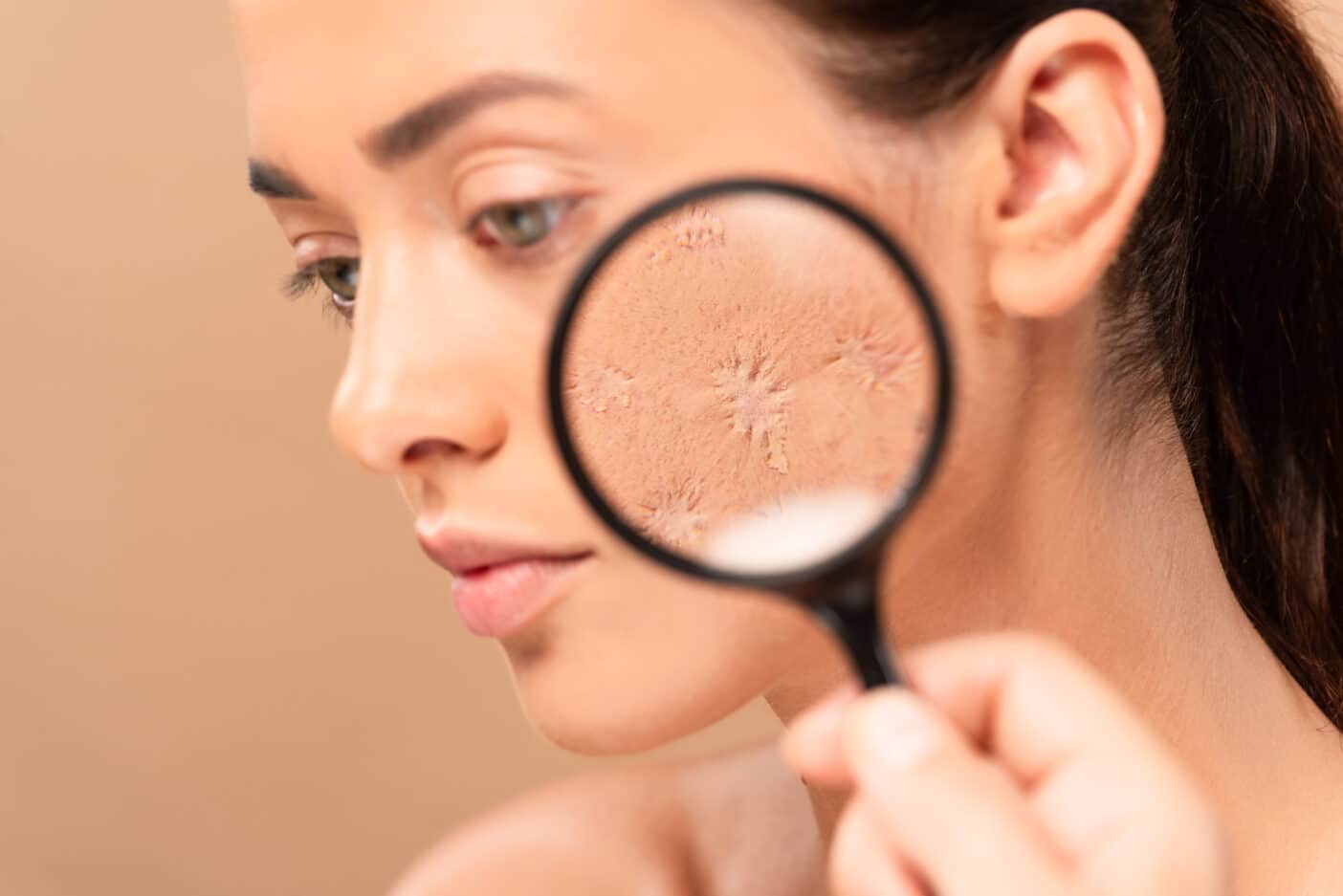Scar therapy: ways to achieve smoother skin and greater well-being

Scars are a part of life: they occur after injuries, operations, burns or skin diseases. While some scars leave only small marks, others are perceived by those affected as aesthetically disturbing or even painful. This is exactly where scar therapy comes in. It offers a wide range of options for improving the appearance of scars, reducing feelings of tension and restoring harmony to the skin structure.
Formation and types of scars
In order to select the right scar therapy, it is crucial to distinguish between the different types of scars. Since each scar heals differently, care and therapy must be individually tailored.
1. Normotrophic scars
These are flat scars that usually blend inconspicuously into the skin. They occur after uncomplicated wound healing. In scar therapy, consistent care with moisturisers and light massages is often sufficient to maintain the elasticity of the skin.
2. Atrophic scars
These are typically sunken scars, as often seen with acne or after chickenpox. They occur when too little connective tissue is formed during healing. Microneedling, peels and collagen-stimulating creams are primarily used in cosmetic scar therapy.
3. Hypertrophic scars
These raised, bulging scars are caused by excessive collagen production. They remain confined to the edges of the wound, often appear reddish and can feel tight. Silicone gels and scar plasters are the gold standard in topical scar therapy.
4. Keloids
Keloids extend beyond the original wound area and grow rapidly. They occur mainly in people with a genetic predisposition. Although the actual treatment should be carried out by a doctor, cosmetic scar therapy with nourishing creams, massages and accompanying silicone treatment can have a supportive effect.
5. Burn scars
Thermal or chemical injuries often result in large scars that can severely impair skin function. In this case, the focus is on a combination of medical measures and intensive cosmetic care.
Principles of modern scar care
Scar therapy has several objectives:
– Improving skin elasticity
– Reducing redness and discolouration
– Minimising itching and feelings of tightness.
In addition, excessive tissue growth should be prevented.
Cosmetic products in particular play a central role in this. They are non-invasive, well tolerated and can be used long-term.
Cosmetic methods of scar therapy include:
While invasive procedures such as laser treatments or surgery should be performed by doctors, there are numerous cosmetic procedures that are gentle and effective.
Silicone gels and plasters
Silicone products are the established standard in scar therapy. They improve tissue hydration, reduce collagen overproduction and thus lead to flatter, softer scars.
Scar creams with active ingredients
– Vitamin E: has an antioxidant effect and improves elasticity.
– Allantoin: soothes the skin and reduces redness.
Onion extract is traditionally found in scar gels and can inhibit excessive tissue formation.
Panthenol and hyaluronic acid promote wound healing and moisturise the skin.
Microneedling
In cosmetic devices, microneedling is a powerful tool for scar therapy. Micro-fine needles stimulate collagen production, which is particularly effective for acne scars.
Chemical peels
Superficial peels with fruit acids or TCA help to smooth out irregular structures. They are particularly suitable for atrophic scars.
Ultrasound and massages
Ultrasound waves improve blood circulation and increase the absorption of active ingredients. Accompanying scar massages make the tissue more supple and loosen adhesions.
Products for everyday scar care
A well-structured care plan is crucial in cosmetic scar therapy.
Cleansing: – Mild, pH-neutral products with aloe vera or panthenol.
– Intensive scar care: apply silicone gel or plasters daily.
– Care creams: use complementary products with hyaluronic acid, vitamin E or allantoin.
– Massage: regular, gentle massages with scar cream to promote elasticity.
UV protection: scars are particularly sensitive to the sun, so consistent use of SPF 50 is essential.
The role of modern active ingredients in scar care
In addition to classic ingredients, modern scar therapy increasingly relies on biotechnologically developed active ingredients.
– EGF (epidermal growth factor): stimulates skin cell regeneration.
– Peptides support collagen formation.
Antioxidants such as vitamin C protect against hyperpigmentation.
These innovative approaches show that scar therapy today is much more than just the application of traditional creams. Rather, it represents a combination of science and cosmetics.
Conclusion: Scar therapy combines science and care
Scars tell stories, but they do not have to permanently mark the skin. Significant improvements can be achieved with consistent scar therapy that combines cosmetic products with gentle apparatus-based methods. Individual product selection and regular application are crucial.
At Cosmacon, we develop tailor-made concepts for scar therapy that meet the highest standards of effectiveness, skin compatibility and innovation.
Tojo Cosmetics offers immediately available private label products for scar care – ideal for brands that want to offer their customers an effective and scientifically proven solution.
Contact us to bring your scar care product to market together!
Literature:
MBDE2501_online.pdf, Beauty Forum 01/2025, pp. 22–36